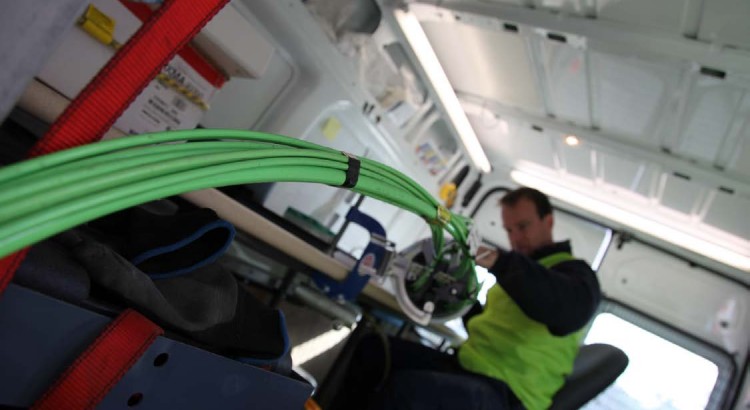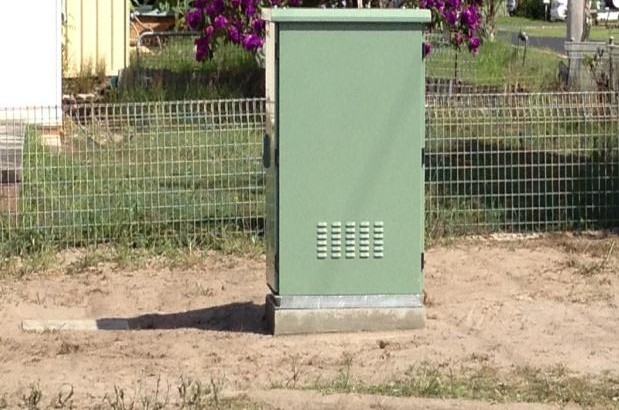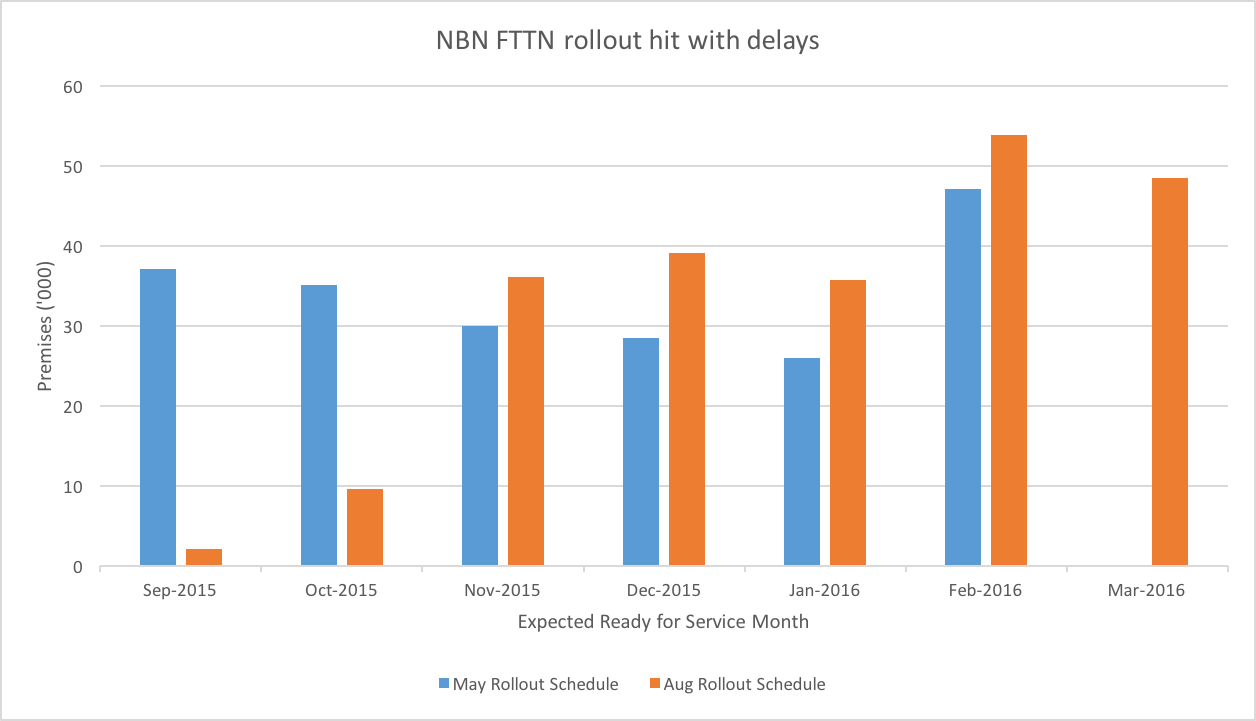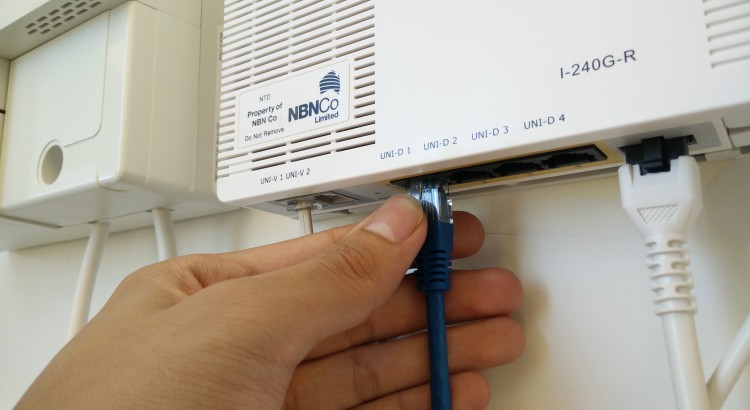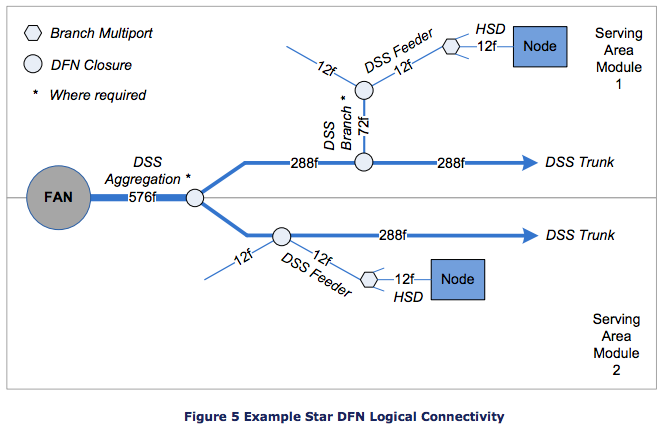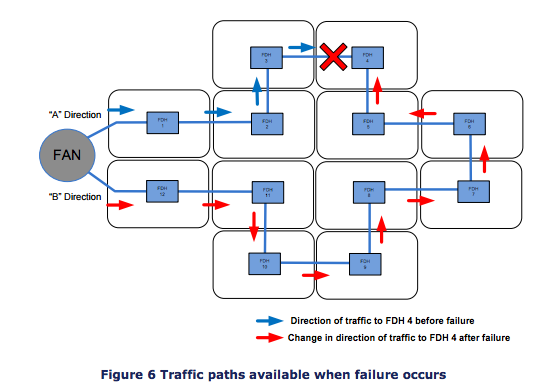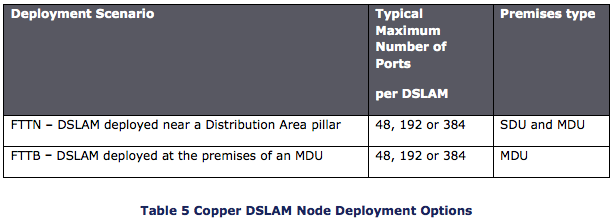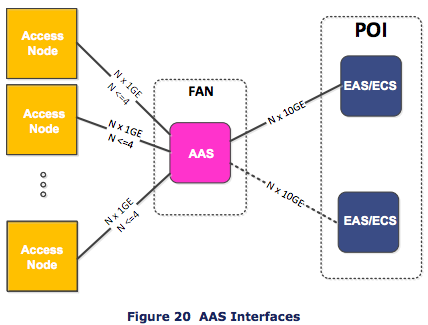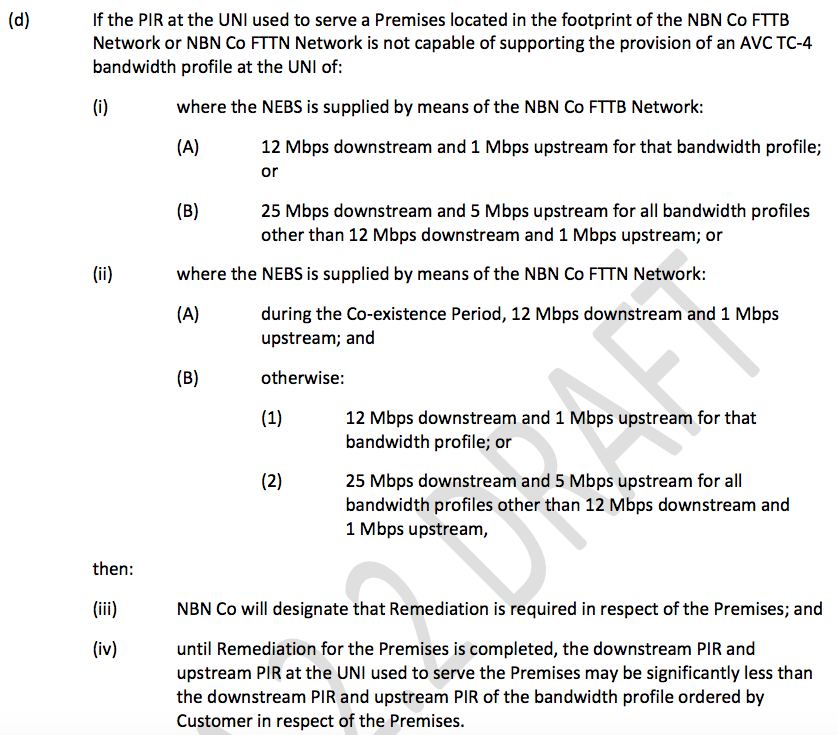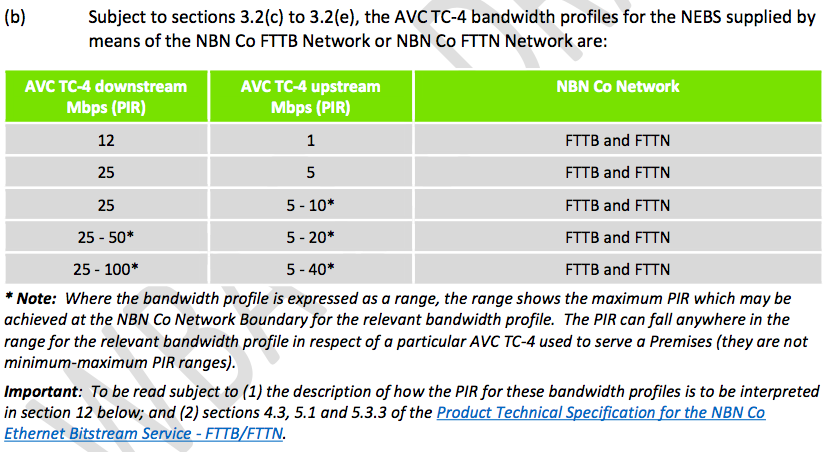Did we miss an opportunity to get an FTTP+HFC rollout? Figures from NBN’s stragegic review suggest a two-stage FTTN to G.Fast upgrade could now cost more than if we just stuck with FTTP
Even before they’ve switched on a single Fibre to the Node customer — nbn, the company responsible for building the National Broadband Network, has been busy spruiking their plans to trial and eventually upgrade Fibre to the Node to G.Fast technology to the media.
However, acccording to estimates made in the company’s Strategic Review, building the Fibre to the Node network now and upgrading to Fibre to the Distribution Point (FTTdp) using G.Fast technology would have saved a mere $2 billion dollars compared with a “radically redesigned” Fibre to the Premises rollout. Since then, blowouts in the Fibre to the Node rollout would have surpassed the said savings of $2 billion dollars.
Fibre to the Node: blowouts
The company had straight-out refused to publish a raw Fibre to the Node cost-per-premises figure in their Strategic Review. However, on page 101 of the Strategic Review, the company estimated that it will cost around $2 billion dollars to roll out 3.6 million premises using Fibre to the Node architecture. This equates to approximately $555 — $833 per premises (assuming range of $2 — $3 billion dollars divided by 3.6 million premises).
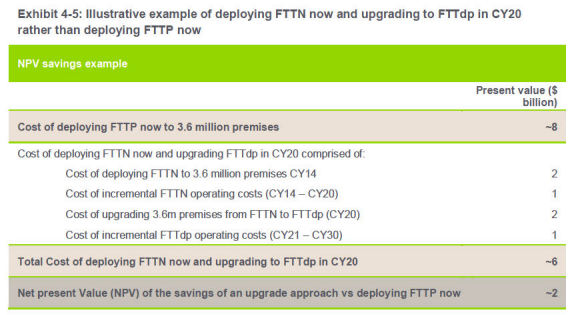
According to the latest 2016 corporate plan, this cost has blown out to $1,600 per premises or a net increase of $767 — $1,045 per premises (excluding infrastructure lease which was not attributed to CPP in original calculations).
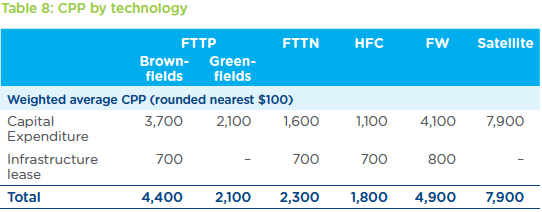
nbn has also increased the FTTN/B/dp footprint from 3.6 million premises to 4.5 million. From Fibre to the Node cost per premises alone, this has attributed to a net blowout of between $3.5 to $4.7 billion dollars from Strategic Review cost estimates — potentially overriding the savings of $2 billion envisaged in the VDSL–G.Fast upgrade path.
Fibre to the Premises: better than expected?
The issue with this is of course, comparing FTTN costs with costs that we’d never know. We will never know exactly how much a “radically redesigned” FTTP rollout would have costed — but we can make estimates:
Comparing NBN’s estimates for Fibre to the Premises (Revised Outlook) in the Strategic Review with current Fibre to the Premises, figures shows they had over-estimated the capital expenditure of the FTTP rollout by about 11%: ~$4,100 in the Strategic Review ($1,997 for LNDN plus $2,100 for the activation, equating to $4,097 — see pages 62 and 64 of SR) vs $3,700 in the 2016 Corporate Plan. This suggests better-than-expected costs in the Fibre to the Premises rollout costs.
But it’s too late anyway
But unfortunately, the company has already invested billions into developing the so-called Multi-Technology Mix and has a task to rollout Fibre to the Node thanks much to Government policy. These are costs that taxpayers will never be able to recover, meaning we may have missed another opportunity to rollout FTTP in the majority of the now-FTTN footprint.
As the cost of the copper-based network increases, the comparative investment in those technologies become less attractive. Speed and capacity upgrades require installing more active equipment in the field and also extending fibre closer to the home. Thus, incremental upgrades and ongoing operating expenses on a copper-based broadband network is far greater than those on a fibre-based network where only tail equipment has to be swapped out.
If the savings in building a copper-based network are relatively small in initial capital expenditure — eventually, the economics will reverse and bite back.
Since Fibre to the Node will now span the majority of the network, the only logical upgrade path for those areas would now be FTTdp because of all the capital costs sunken into rolling out FTTN. But don’t think for a second that it will be actually cheaper than rolling out fibre all the way to the home in the first place.
In summary, if the Strategic Review’s figures are to be trusted, we may have missed yet another opportunity to get a FTTP network, albeit “radically redesigned” in nbn‘s vernacular. Calculations suggest it could have cost less than what the current FTTN rollout plus a G.Fast upgrade in 2020 will cost. Plus, the company has also proved at almost every instant that they had underestimated any non-FTTP costs in the strategic review and helpfully inflated any FTTP costs higher than actuals.
What are your thoughts? The analysis, of course, makes assumptions based on the available data. I think it’s a real pity how it seems time after time, taxpayer’s money ends up being wasted based on a false premise in a rushed report.
